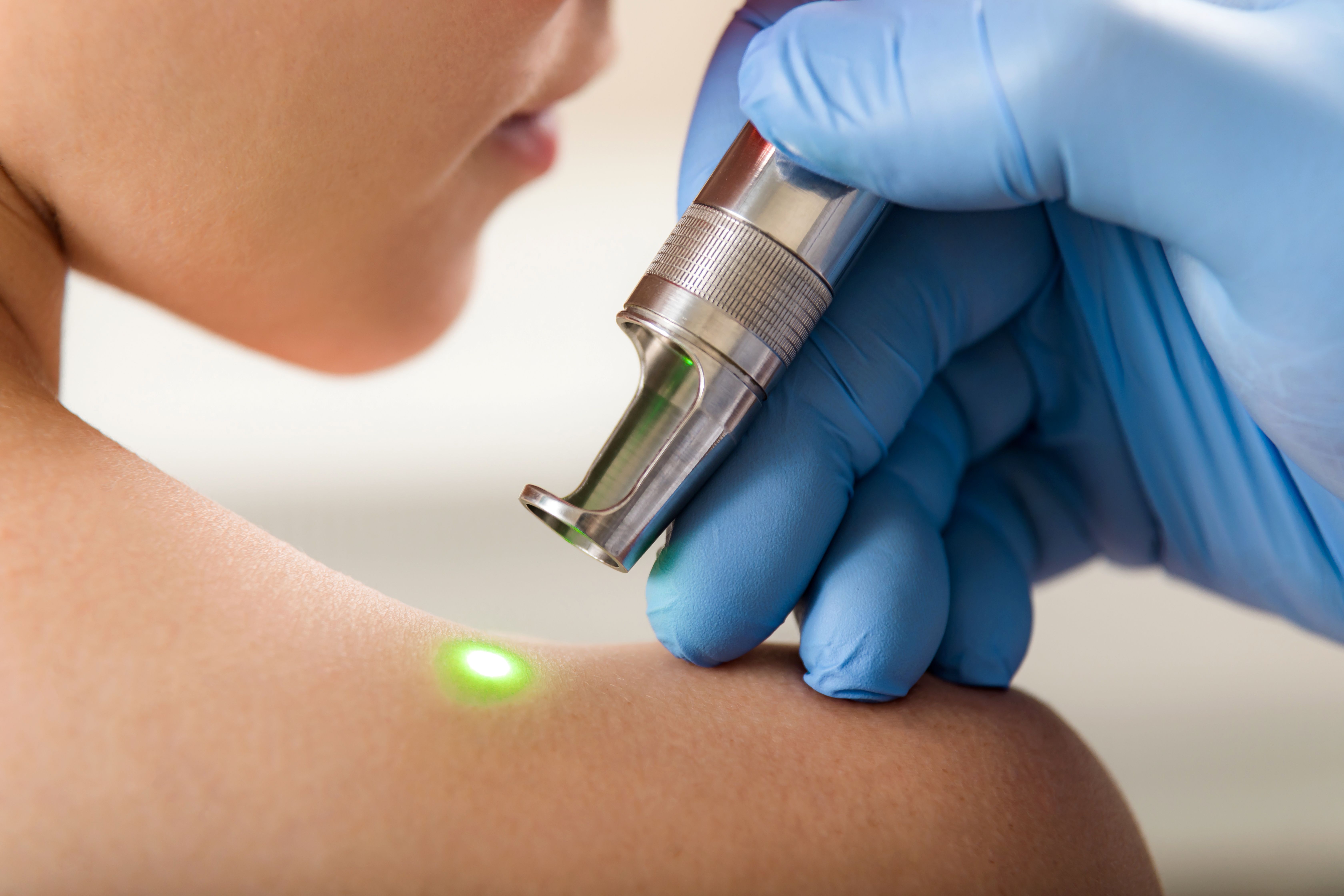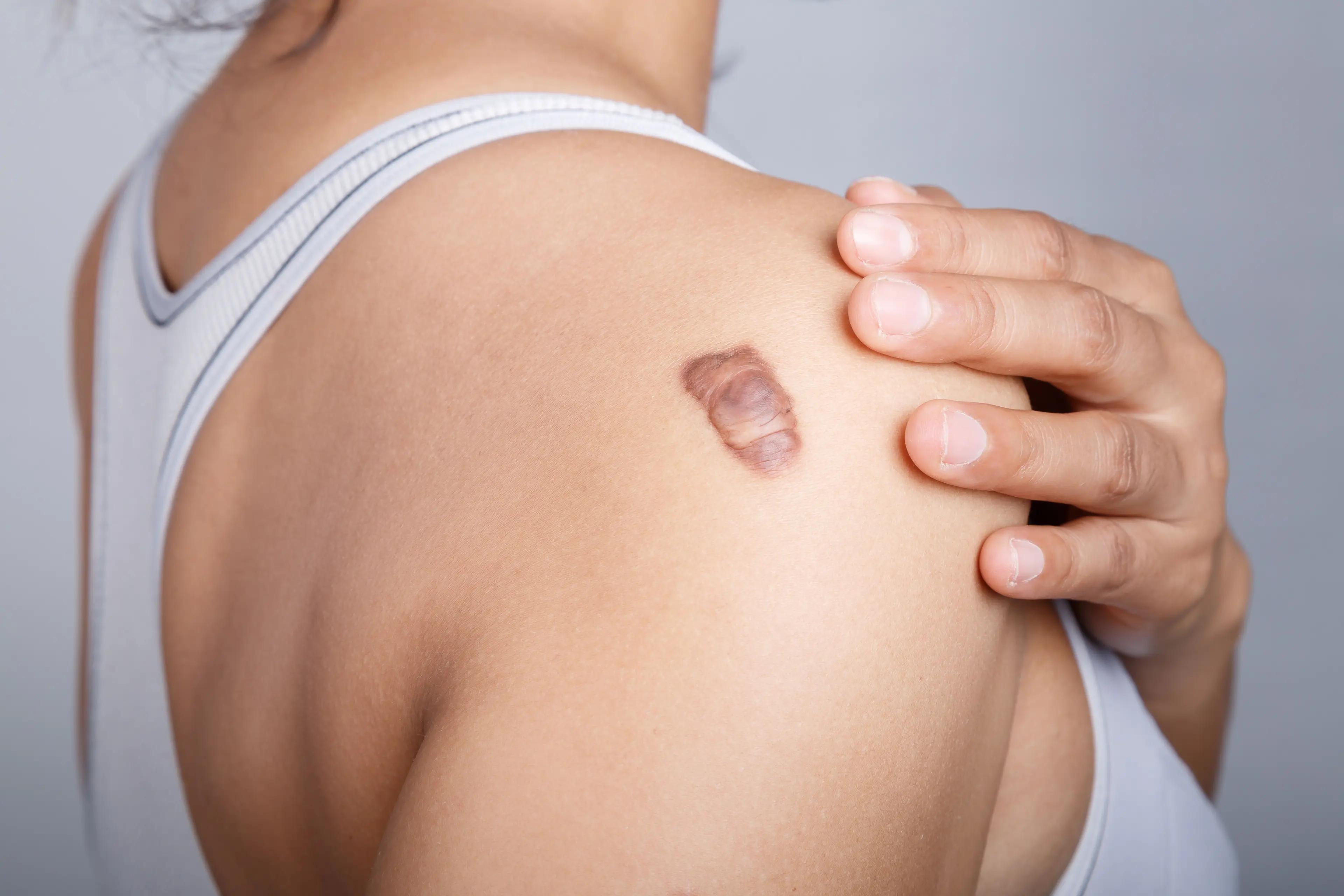- Case-Based Roundtable
- General Dermatology
- Eczema
- Chronic Hand Eczema
- Alopecia
- Aesthetics
- Vitiligo
- COVID-19
- Actinic Keratosis
- Precision Medicine and Biologics
- Rare Disease
- Wound Care
- Rosacea
- Psoriasis
- Psoriatic Arthritis
- Atopic Dermatitis
- Melasma
- NP and PA
- Skin Cancer
- Hidradenitis Suppurativa
- Drug Watch
- Pigmentary Disorders
- Acne
- Pediatric Dermatology
- Practice Management
- Prurigo Nodularis
- Buy-and-Bill
News
Article
Experts Form Consensus on AI's Role in Aesthetics
Author(s):
A group of international experts focused on the technology’s potential to standardize and enhance patient assessments.
Image Credit: © Beauty Hero - stock.adobe.com

In aesthetic medicine, traditional methods for assessing appearance and treatment outcomes rely on validated scales, which are limited by human subjectivity and biases. This variability can affect the consistency and objectivity of evaluations.1-3 To address these issues, researchers recognized that artificial intelligence (AI) offers a promising alternative by providing more objective, reliable assessments that consider the holistic nature of the human face. However, the use of AI raises ethical and practical concerns, such as privacy and standardization.4 To guide AI's role in aesthetic medicine, a global consensus of experts was gathered to discuss the technology as an option.5
Consensus and Methods
The AI consensus group, made up of international experts across multiple plastic surgery and dermatology specialties, met with the objective of creating guidelines and recommendations for the development, use, and application of AI within the field. They also reported discussing integration and identification of ancestral roots, including a brief description of key characteristics of distinct ethnic roots. An online survey sent out prior to the meeting to serve as a base for the initial consensus statements. At the February 2024 meeting, the group revised the statements until a majority agreement was reached. This iterative approach ensured that the final guidelines were thorough and reflective of the collective expertise.
Pre-Consensus Survey Results
The pre-consensus survey found that participants believe AI is currently underused in aesthetic medicine, with practitioners focusing more on patient preferences for treatment plans. However, AI was recognized for its potential in treatment monitoring, option identification, and improving efficiency. Tools for objectifying facial exams, particularly photographic documentation, were considered crucial, along with provider experience, for enhancing patient care. Participants saw AI as important for consultations and follow-ups, with interest in its potential for gender-specific insights and new facial indices. There was also a call for AI to adapt to various patient needs and further research to optimize its role in evaluation and personalized treatment planning.
Consensus Meeting Results
Researchers stated 100% of participants agreed on the following statements:
- AI implemented in aesthetic medicine can help to standardize and improve patient assessment and patient consultation.
- AI implemented in aesthetic medicine can help to prevent overcorrection.
- There is a need for validated objective facial assessments in aesthetic medicine.
- Facial aesthetic assessment should be comprehensive and be based on objective indices (as FAI, FYI or SQI).
- The skin quality assessment should differentiate between female and male skin.
- Patients whose skin is covered with make-up must be excluded from AI examination at baseline.
- Patients' age and gender should be included in the AI assessment.
- Patients' ancestral roots should be included in the AI system.
Ancestral Roots Considerations
Researchers also presented a detailed analysis of facial features across various ethnic groups:
- East Asian: Monolid eyes, square lower face shapes, broader midfaces, flat and short noses, and typically retruded chins.
- Indian: Prominent foreheads, brown to black hair and eyes, larger eyes, well-defined tear troughs, and retruded chins.
- European: Gender-differentiated eyebrow shapes (peaked for women, horizontal for men), convex foreheads, high zygomatic arches, thinner lips, and static wrinkles as a sign of aging.
- Latin American: Skin tones from Fitzpatrick Skin Types II–V, varied eye colors, smaller foreheads, bizygomatic distance equal to or smaller than the bigonial distance, and lips width greater than 20% of the lower facial width.
- African: Darker skin tones with a Fitzpatrick Skin Type >III, shorter noses (less than 1/3 of the face length) but broader than 1/5 of the facial width, lips broader than 1/3 of the lower facial third, a forehead broader than 1/3 of the facial length, and a neutral or positive canthal tilt, even in elderly patients.
They stated these findings should be considered within the context of individual patient cases.
Conclusion
The consensus meeting on AI in aesthetic medicine highlighted its transformative potential in standardizing patient assessments and enhancing treatment efficacy. The importance of validated objective facial assessments, such as the Facial Aesthetic Index (FAI), Facial Youth Index (FYI), and Skin Quality Index (SQI), was emphasized to ensure treatments align with established aesthetic standards. The meeting also noted the need for AI systems to incorporate gender-specific algorithms and consider age and ancestral roots to personalize treatment plans effectively. Researchers stated the inclusion of diverse ethnic and cultural data in AI models is crucial for equitable assessments, reflecting the dynamic nature of beauty standards influenced by globalization. The cohort proposed integrating cultural sensitivity, adopting flexible assessment frameworks, and maintaining an ethical approach for future research into AI in aesthetics. They stated this comprehensive approach aims to advance personalized medicine, acknowledging individual differences and moving beyond a one-size-fits-all model.
References
- Hayano W, Kerscher M, Day D, et al. Novel, validated, 5-point photonumericscales for assessment of the perioral region. Aesthet Surg J. 2023;43(11):1347-1356. doi:10.1093/asj/sjad103
- Pooth R, Prinz V, Cajkovsky M, et al. Validated 5-point photonumeric scales for the assessment of the jowls and chin. J Cosmet Dermatol. 2022;21(2):600-607. doi:10.1111/jocd.14661
- Narins RS, Carruthers J, Flynn TC, et al. Validated assessment scales for the lower face. Dermatol Surg. 2012;38(2 Spec No.):333-342. doi:10.1111/j.1524-4725.2011.02247.x
- Cotofana S, Sattler S, Frank K, et al. Aesthetic medicine-Quo Vadis?.J Cosmet Dermatol. 2022;21(11):6526-6527. doi:10.1111/jocd.15334
- Frank K, Day D, Few J, et al. AI assistance in aesthetic medicine-A consensus on objective medical standards. J Cosmet Dermatol. August 1, 2024. doi:10.1111/jocd.16481
Newsletter
Like what you’re reading? Subscribe to Dermatology Times for weekly updates on therapies, innovations, and real-world practice tips.






